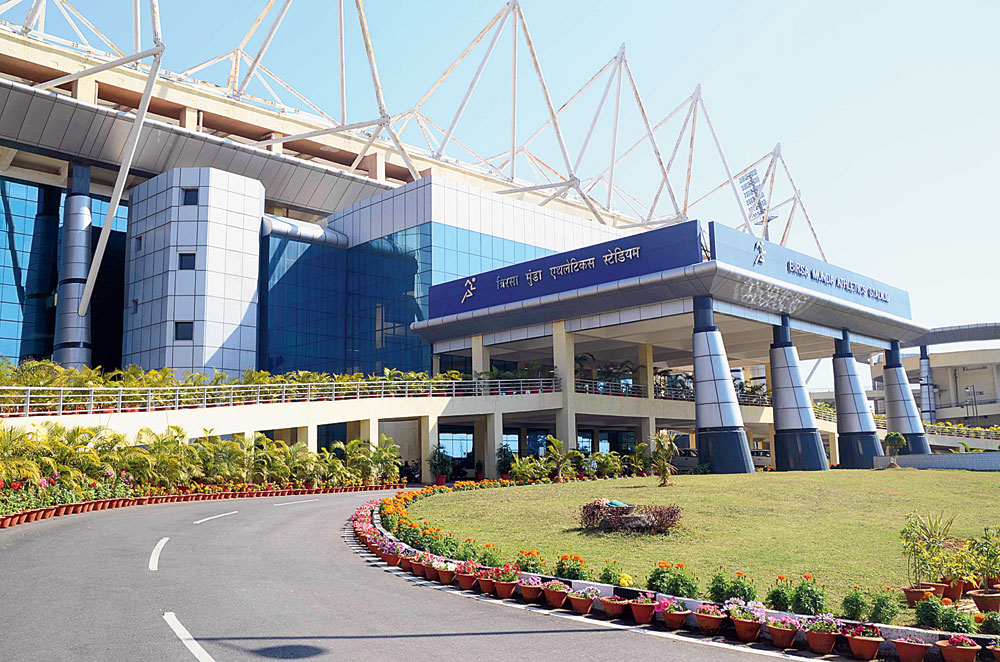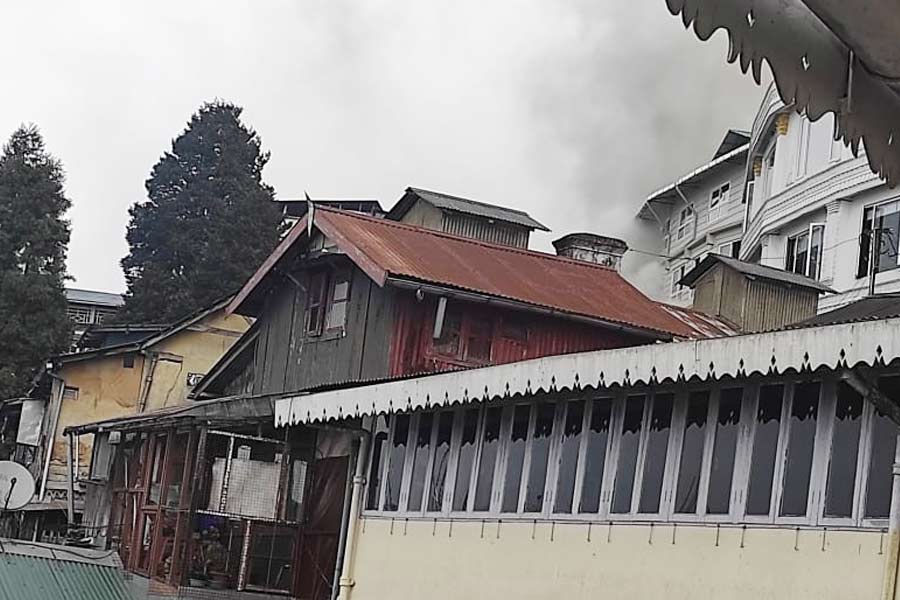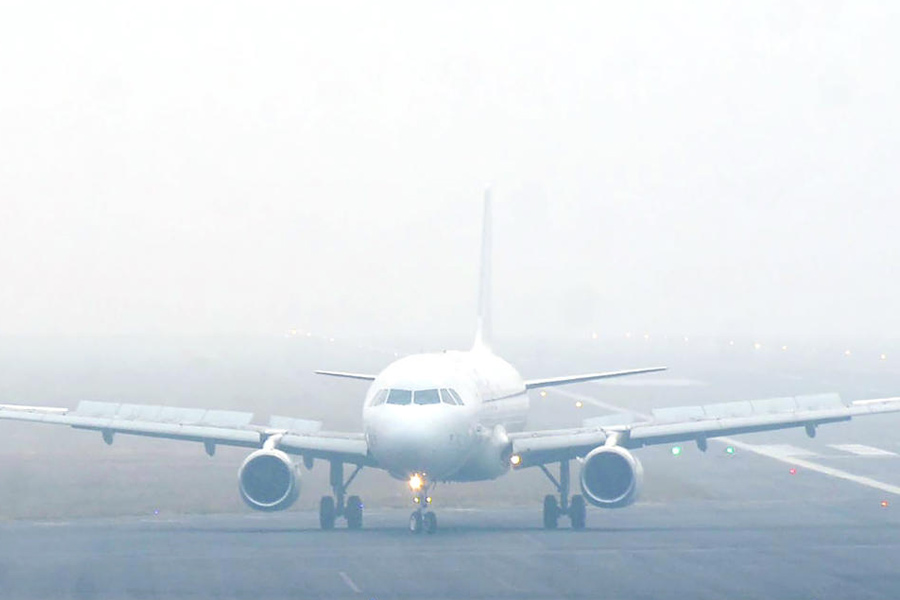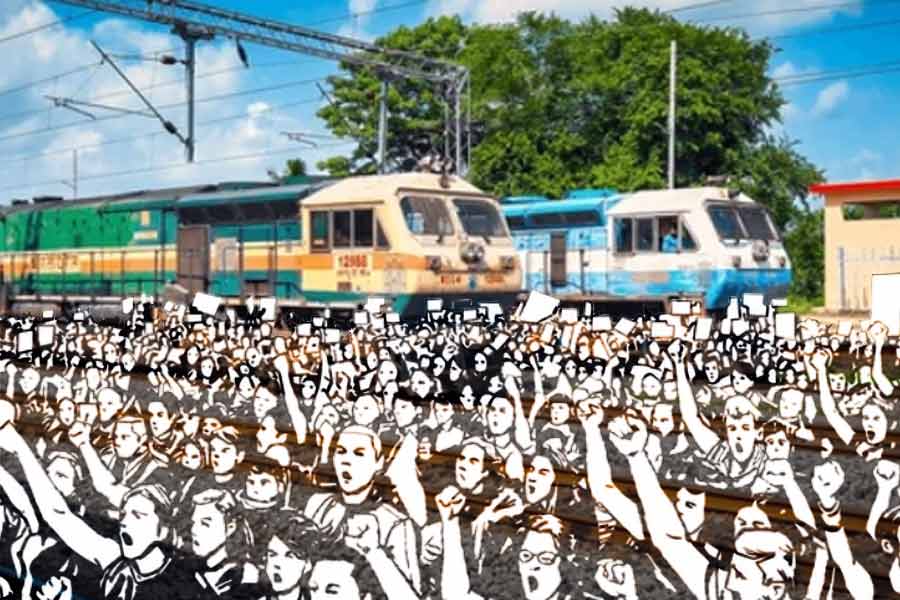
The Telegraph
Echoing Naidu, 19-year-old Lohardaga girl Neha, who won gold in road cycling, said for her training on a velodrome was a dream. Reality lay on the road. “Where else would I train but on the road?” she said. “I train on the Leha-Chepa road near Sikri town. We need state government support in districts to shine. But these things are not in our hands,” she said.
Agreed East Singhbhum’s Hindu Hansda, who also won a gold in road cycling. He trains on the Hata-Rajnagar Road, better known as Chaibasa road, every morning when traffic is thinner. “Velodrome kahan milega?” he smiled.
Chatra lacks 3000m steeplechase facilities, which worries gold medallist Abhijeet. “I know I run fast, but our district lacks synthetic track and water pits,” Abhijeet said.
Ranchi athletes are placed way better. Namkum’s Tannu, who claimed 400m hurdles gold, trains at Hotwar. So does Florence, the winner of women’s 400m and a cadet of Jharkhand State Sports Promotion Society. Ten-year-old Abhishek, who bagged the artistic gymnastic silver, also trains at Hotwar.
Contacted, JOA secretary general Madhukant Pathak said they had given a platform to state associations of various disciplines to field their athletes in the form of State Games. “We will try and make State Games an annual event. But now, it is their (outfits’) responsibility to try and provide facilities to their athletes and players. Yes, state outfits have financial issues. The state government and corporate firms can chip in, but that’s is easier said than done,” he added.
Jharkhand Basketball Association vice-president Harbhajan Singh said there was no dearth of talent in Jharkhand.
“But the need of the hour is to back our athletes with facilities and experienced coaches. This the job of the state government. JOA can provide a platform and not facilities,” Singh, a former Olympian and also vice-president of the JOA added.
The three-day inaugural State Games, organised by Jharkhand Olympics Association (JOA) in Hotwar, may have wrapped up on Tuesday, but has left a legacy of promising young sports stars who the state can nurture for global glory.
Sprinters G. Vasant Rajlu Naidu (Seraikela-Kharsawan), Riya Kumari (Bokaro) and Florence Barla (Ranchi), hurdler Tannu Sanga (Ranchi), artistic gymnast Abhishek Gudia (Ranchi), steeple chase racer Abhijeet Kumar Singh (Chatra), wrestler Vikas Kumar (Bokaro) and cyclists Hindu Hansda (East Singhbhum) and Neha Toppo (Lohardaga) seem to be the ones to watch out for from among the 2,000-plus participants in 28 track-and-field and indoor events.
But, the tough part begins now. A sports official who did not want to come on record said that the Games had proven the fact that Jharkhand had “raw talent”, but save Ranchi and Jamshedpur, hardly had infrastructure.
“Many of these natural talents have overcome poverty or trying circumstances to get this far. But how far they go nationally and internationally depends on how well they are trained, groomed and supported. Otherwise, many might fizzle out in the fierce world of competitive sports,” he said.
Ranchi claimed 105 medals, way ahead of Bokaro with 23 and West Singhbhum with 16. The medal tally spoke volumes not only on how the existing infrastructure in Ranchi helped its athletes but also how other districts lagged behind without them.
The sports official singled out Naidu and Riya, who aced the 100m sprint to become the fastest man and woman of the Games, for special praise. “There are no adequate training facilities in Seraikela-Kharsawan and Bokaro. For example, where do you have synthetic tracks, experienced mentors, expert physiotherapists and dieticians for competitive training in Seraikela? Winning 100m takes skill, stamina and technique. You need mentoring and infrastructure back-up every step of the way to make it big,” he said.
Naidu, 21, told this paper he had always run fast. Agreeing Seraikela had no facilities as such, he said, “I manage somehow, by travelling to Jamshedpur whenever I can, to train at the JRD Tata Sports Complex.”












